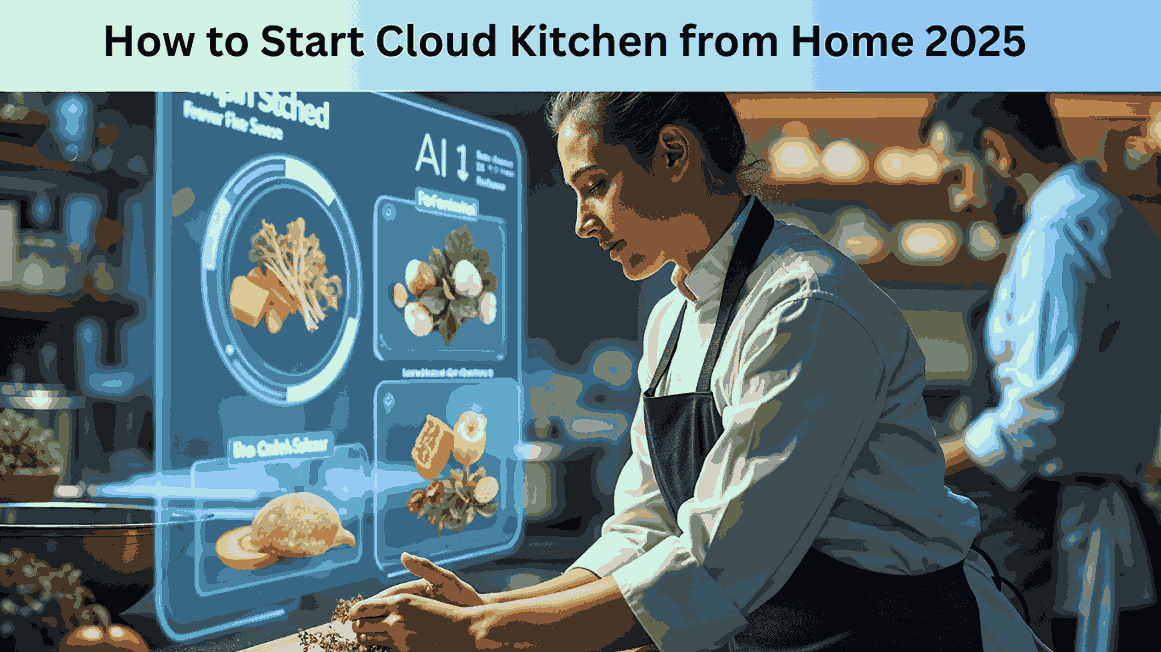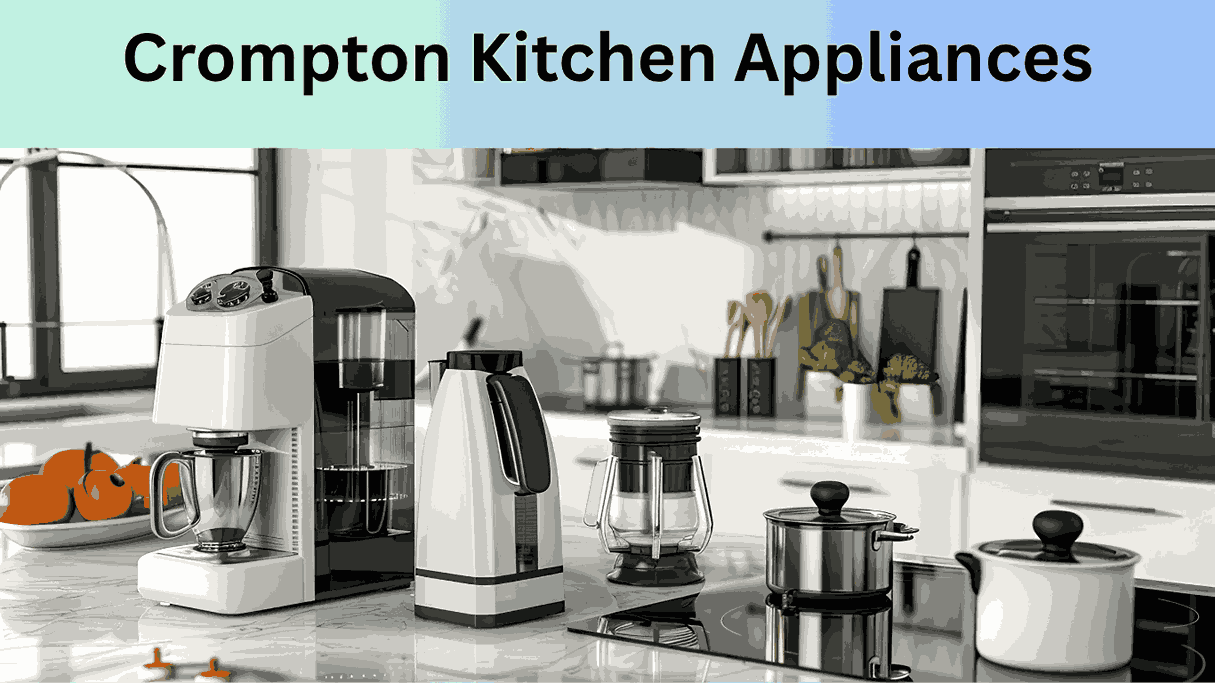A Step-By-Step Guide to Starting a Cloud Kitchen
Setting up a cloud kitchen can be an invaluable way for established restaurants or new food businesses to expand operations and reach more customers. This model allows restaurants to operate efficiently with reduced maintenance costs, making a cloud kitchen an attractive business strategy in a competitive food environment.
Locate your target customer audience and offer menu items that appeal to them, this will help establish a niche and build loyalty among your client base.
Build an inclusive menu featuring comfort food, health-focused options and fashionable cuisine. Since your cloud kitchen depends on delivery services, select dishes which will maintain their quality during cooking and transportation.
Next, choose equipment appropriate to your business – ovens, refrigerators, sinks and other essentials such as storage space are important in maintaining safe temperatures for inventory without risk of spoilage. Also invest in a point-of-sale (POS) system compatible with popular food delivery services to streamline operations and create an exceptional customer experience.
Registering and securing permits for your cloud kitchen are essential to legal compliance. Depending on your location, permits such as those issued by food handling and health departments as well as zoning permits could be required to protect both customers and delivery platforms alike.
Successful cloud kitchen operations entail employing skilled staff members with various responsibilities, including chefs, food handlers and delivery drivers. You may opt to partner with third-party services or establish your own delivery system so as to best reach the market in which your target audience exists.
A budget should also be set aside for marketing and operational expenses as well as calculating fixed and variable startup costs as well as anticipated monthly revenue required to reach breakeven point.
Cloud kitchens can benefit from taking advantage of current restaurant marketing strategies. Social media campaigns can increase brand recognition while email and SMS promotions drive sales. Furthermore, it is crucial that cloud kitchens track ROI on marketing investments so as to make adjustments as necessary.
Marketing is an essential component of any successful business, including cloud kitchens. One way to attract customers is through creating a website showcasing your menu and unique selling proposition. Another is collaborating with local food influencers and bloggers who can share photos of delicious meals created at your cloud kitchen and spread awareness. Furthermore, customers reviews provide great opportunities to improve marketing efforts and retain clients.
Cost of Setting Up a Cloud Kitchen
Cloud kitchens are an innovative concept that seamlessly combine technology and food preparation. Entrepreneurs can leverage virtual kitchens to capitalize on the surge in online food delivery without investing in an actual restaurant. Cloud kitchens provide commercial kitchen space to rent during operational hours, visibility on food delivery apps and chef-to-consumer marketplaces, as well as coordinated labor supplies and delivery supplies for optimal efficiency.
Cloud kitchens allow brands to expand their delivery services without incurring costly front-of-house operations, floor space for seating, or premium rents in prime locations. Furthermore, cloud kitchens eliminate compliance requirements related to stricter labor laws as well as staffing issues.
Costs associated with setting up a cloud kitchen can vary widely depending on its initial renovation and equipment needs, making budgeting crucial to making sure that it operates seamlessly and reduces future expenses.
Insurance is another essential element of cloud kitchen costs, including general liability and property coverage. Ensuring adequate coverage helps safeguard a business against unexpected damages or liabilities that might occur unexpectedly.
Operating expenses associated with cloud kitchens also include utilities, cleaning supplies and sanitation equipment. It is vital to monitor and adjust utility use over time in order to avoid unexpected increases in expense while simultaneously identifying areas in which energy use could be reduced.
Why Start a Cloud Kitchen From Home?
Starting up a cloud kitchen business from a private residence can be an economical alternative for food entrepreneurs, providing faster breakeven through reduced rent and operating expenses. Of course, other costs must still be considered such as marketing and labor expenses, so keeping an eye on business model costs and optimizing revenue streams will be key in managing expenses efficiently.
Cloud kitchens differ from physical restaurants by solely catering to delivery, and require highly experienced chefs who can ensure high-quality, consistent menu items are created quickly and efficiently. Furthermore, sufficient space must be available in the cloud kitchen in order to prepare all orders simultaneously while managing its inventory appropriately.
Fees: Food delivery platforms typically charge a commission fee on every order, which can have a significant effect on your cloud kitchen profit margin. To reduce these expenses and secure better deals for yourself, negotiate lower commission rates or explore multiple platforms before selecting the most beneficial solution.
Other Overheads: When creating your budget for kitchen operations, be sure to include rent, utilities and cleaning expenses as a part of overall health and safety standards compliance.
Your restaurant must invest in effective marketing strategies to attract and keep customers. These should include both online and offline tactics like social media marketing, Google ads, local partnerships and so forth. It is imperative that you track the ROI to ensure that your marketing initiatives are worthwhile investments with respect to cost effectiveness.
Legal Requirements and Licenses You Need to Starting a Cloud Kitchen
Home delivery food businesses are experiencing explosive growth, with startups finding novel ways to enter this booming sector. Key to their success will be operating their cloud kitchen according to all local regulations – with permits or licenses varying depending on where your location and type of food are prepared.
Before beginning your cloud kitchen venture, ensure you have an organized business plan drafted. This should outline your concept, menu items, pricing structure, revenue forecasts, startup expenses and funding sources as well as opportunities and threats in the market.
As cloud kitchens are not directly visible to customers, it is crucial that they adhere to health and food safety standards. This involves acquiring the appropriate permits and receiving regular inspections from health department inspectors in order to comply with regulations. Furthermore, it’s a good idea to register your business for GST and TDS PF registration to further ensure that you adhere to applicable business rules and build trust among your customers.
FSSAI (Food Safety and Standards Authority of India) licensure is essential for cloud kitchens as it certifies that food meets the highest quality standards. Other essential licenses for your cloud kitchen may include local business permits, building permits and fire safety inspection. Furthermore, if selling taxable goods will be part of its services offering, sales tax permits may also be needed.
Choosing the Right Menu for Your Cloud Kitchen
Your Cloud Kitchen A menu is at the heart of any virtual restaurant. It reflects your brand, sets the scene for your cuisine and influences customer perception of you and should be easy and intuitive for customers to use. Images should be clear and high-resolution; such a structure can increase sales while simultaneously improving customer retention rates by making each dish easily identifiable with its preparation process. Furthermore, menu optimization combined with marketing strategies can increase online orders significantly for your establishment.
Optimizing the menu of your cloud kitchen can help it reach its goals more quickly and efficiently. Registering it with food ordering apps such as Swiggy and Zomato can expand its reach, leading to more orders and helping grow your business. Once registered, optimizing its listing with SEO-friendly dish names and ads as well as active social media promotion should follow.
Price is another important aspect when planning your menu. Conduct competitor research to understand how your competitors price their dishes. Aim for competitive yet affordable pricing models; promotions or special offers may further boost revenue.
To establish an authoritative online presence, consider working with local food bloggers and influencers to promote your meals. Doing so could result in increased sales; additionally, using customer loyalty programs could encourage repeat purchases.
Equipment and Tools Necessary to Start a Cloud Kitchen
A successful cloud kitchen requires developing a business model, creating an optimized delivery menu and setting up the appropriate tech setup – including food production adhering to high safety standards and an online ordering and delivery system that meets consumer demand in today’s digital marketplace.
To ensure quality, cloud kitchens must invest in high-quality appliances and equipment suited for their menu’s cooking requirements and capacity. By choosing appropriate equipment, cloud kitchens will be able to quickly produce various dishes while upholding high levels of hygiene.
As essential kitchen equipment for a cloud kitchen, an exhaust hood to remove smoke, heat and grease from the air; shelving units to store raw materials and finished products; hand sinks are essential components.
Finally, your restaurant needs an exceptional team of chefs and kitchen staff to maintain consistent quality standards and build brand loyalty. A comprehensive training program may help set your kitchen apart from competitors while simultaneously increasing brand recognition.
Finally, it’s essential that your cloud kitchen register and secure all necessary permits, such as food handler certificates from health departments and zoning permits. Doing this will help ensure compliance and establish trust with customers, delivery platforms and local regulators alike. KNOW offers digital checklists and forms that document every step in food production to boost accountability and efficiency – improving accountability while increasing accountability.
Branding and Packaging: Making a Lasting Impression for Cloud Kitchen
Branding and Packaging for Cloud Kitchen Your packaging can make or break a first impression for Cloud Kitchen customers; make it count! From eco-friendly materials, custom designed boxes or even providing them with money off coupons; thoughtful packaging shows your customers that you value their experience while creating trust for your brand.
Branding and packaging are just two ways of distinguishing your business from competitors, while branding conveys values your company stands for and attracts customers.
An engaging brand story can help make your cloud kitchen stand out from its competition and be remembered. This could involve simply sharing personal anecdotes about your journey in foodservice or detailing all the values and qualities behind its unique menu offerings.
Your cloud kitchen business model provides customers with convenient and healthy dining options; however, its unique nature may present unique challenges in scheduling deliveries and managing the kitchen operations. For example, if your cloud kitchen is located within a restaurant setting, diner traffic could disrupt delivery schedules leading to last-minute orders being placed and delivered incorrectly.
Adopting a referral program that rewards repeat purchases can be an effective way of expanding your customer base. Simply offering discounts or free meals as incentives could boost repeat customer purchases significantly. In addition, making sure all staff adhere to food safety regulations can help maintain high standards and build customer trust.
Online Food Delivery Platforms and How to Register for Cloud Kitchen
Cloud Kitchen provides restaurants and food businesses a convenient means of reaching customers at their homes or workplaces with fresh food deliveries.
Launching an online food delivery platform requires careful consideration and meticulous execution. In order to be successful, these platforms must ensure their customers enjoy an exceptional dining experience by providing delicious food at prompt delivery service, with staff trained in food safety.
They should also invest in reliable point of sale (POS) systems and order management software which allow them to track orders from various channels and ensure all products are ready for pickup or delivery on time.
Food delivery businesses must register with the IRS to secure an Employer Identification Number (EIN), which serves as an 8-digit Social Security Number for your business. Applying for this EIN before starting up will speed up hiring employees and applying for tax deductions.
Avoid Mistakes When Launching Your Cloud Kitchen
Food delivery apps and mobile-first business models have made it more difficult for newcomers to break into this industry, while operating one requires extensive financial planning and forecasting; failing which could result in unexpected costs that lead to business failure.
Success of cloud kitchens rests upon providing top-quality food and service, something which can only be accomplished through standardization. Implementing standard restaurant operations guidelines helps maintain consistency in quality, customer satisfaction rates and loyalty retention rates – increasing both retention rates as well as loyalty retention rates. Furthermore, setting aside funds for marketing plays an integral role in acquiring and keeping customers.
Since they don’t offer physical guest experiences, cloud kitchens need to create a strong brand presence through logos, marketing, packaging, and product differentiation to stand out in the food delivery. A forgettable cloud kitchen won’t entice customers back again.
One of the key mistakes a cloud kitchen should avoid is over-relying on food aggregator platforms for sales. High commission rates from these platforms can drastically eat away at your profits; using direct ordering websites or apps to decrease dependence on these platforms and boost revenues while simultaneously decreasing operational costs by eliminating third-party service providers.
Cost and Profit Estimation for Cloud Kitchen
Cloud kitchens operate solely as food delivery service businesses rather than offering in-house dining to their customers, thus requiring lower investments for interior decor such as furniture, lights, paints and wall decor. But still necessary investment must go toward hiring delivery drivers to reach its target market effectively as well as renting an accessible location within close proximity to customers’ homes for easy delivery services.
Investment in technology and streamlining operations are vital elements in increasing productivity while decreasing long-term costs. Furthermore, effective restaurant marketing campaigns can drive customer acquisition while increasing margins.
Initial investments may include renting commercial space, purchasing equipment and appliances, setting up POS systems and delivery software systems and setting up delivery software – investments which will enable a fully functional cloud kitchen to function optimally and efficiently.
Ongoing operational expenses such as utilities, staff salaries, cleaning supplies and marketing may eat away at your profits quickly. Be mindful of these expenses as they can eat into your profits quickly.
Maintaining high order volumes is essential to reaching optimal profit margins. To do this, focus on optimizing delivery times, offering diverse menu items, and working with food aggregators.
Final Tips for Running a Successful Home-Based Cloud Kitchen
As the restaurant industry is fiercely competitive, making even minor mistakes can prove costly for your business.
Running a home-based cloud kitchen can be financially rewarding, yet it’s essential that fixed costs be carefully calculated in order to ensure profitability. These expenses could include rent, electricity costs, property taxes, interest on loans (if you have them) and equipment maintenance – this will allow you to effectively manage your budget.
Make an investment in high-quality kitchen equipment to increase efficiency and minimize food waste, as well as in a point-of-sale (POS) system for inventory tracking and order processing. A great POS will enable you to monitor sales, profits, and make smart business decisions for the future of your company.
Establishing a unique selling point (USP) that attracts customers and compels them to order from your kitchen is key for cloud kitchen startups to distinguish themselves in a crowded food delivery market. Focus on defining something special about your cloud kitchen that draws them in.
Create a menu that complements your concept while appealing to your target audience, then calculate and set an affordable yet profitable price point for customers and yourself.
Lastly, invest in well-trained staff to deliver quality food and customer service. Hire chefs, kitchen and delivery staff that are passionate about food and dedicated to their jobs; ensure all members of your team receive comprehensive training on food preparation methods, safety measures and customer service standards; establish an environment of continual improvement by responding promptly to comments or messages sent by customers; establish a culture of continuous improvement that allows customers to provide feedback in a timely fashion; develop a culture of continuous improvement by responding quickly.






